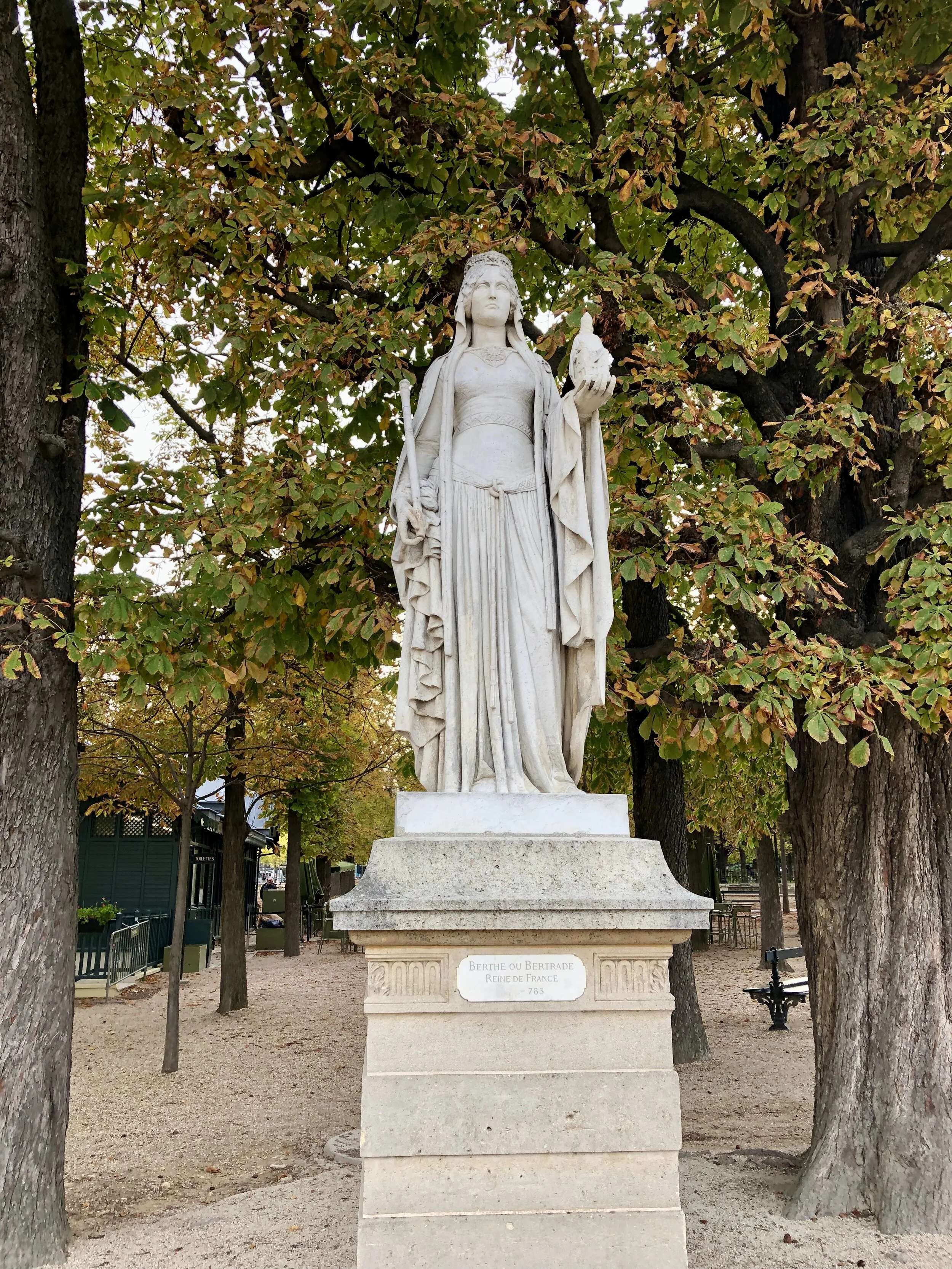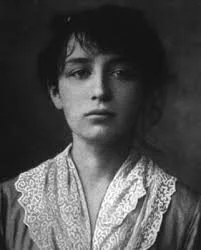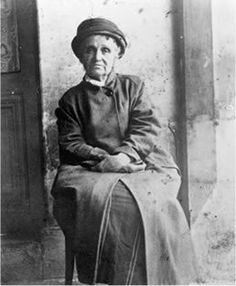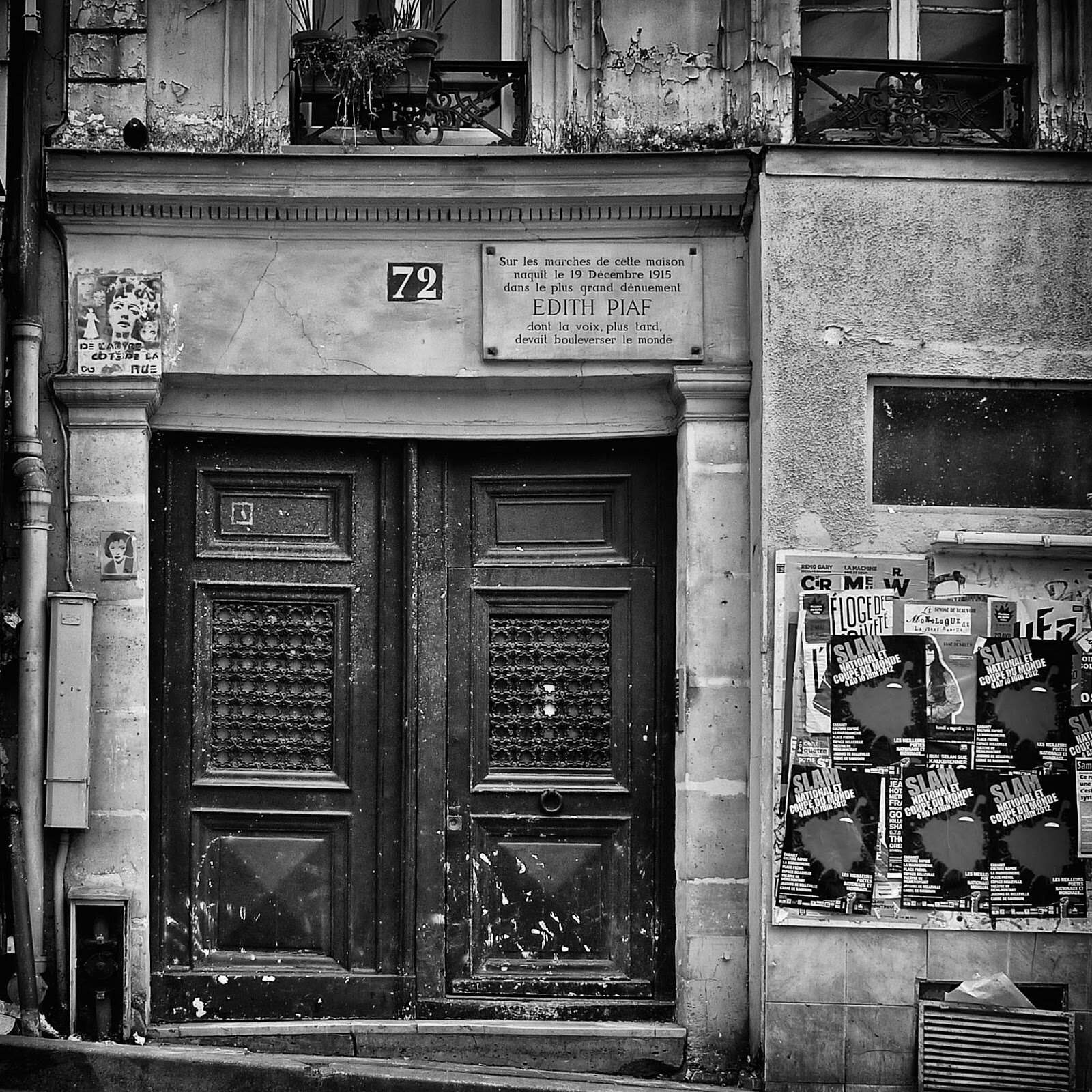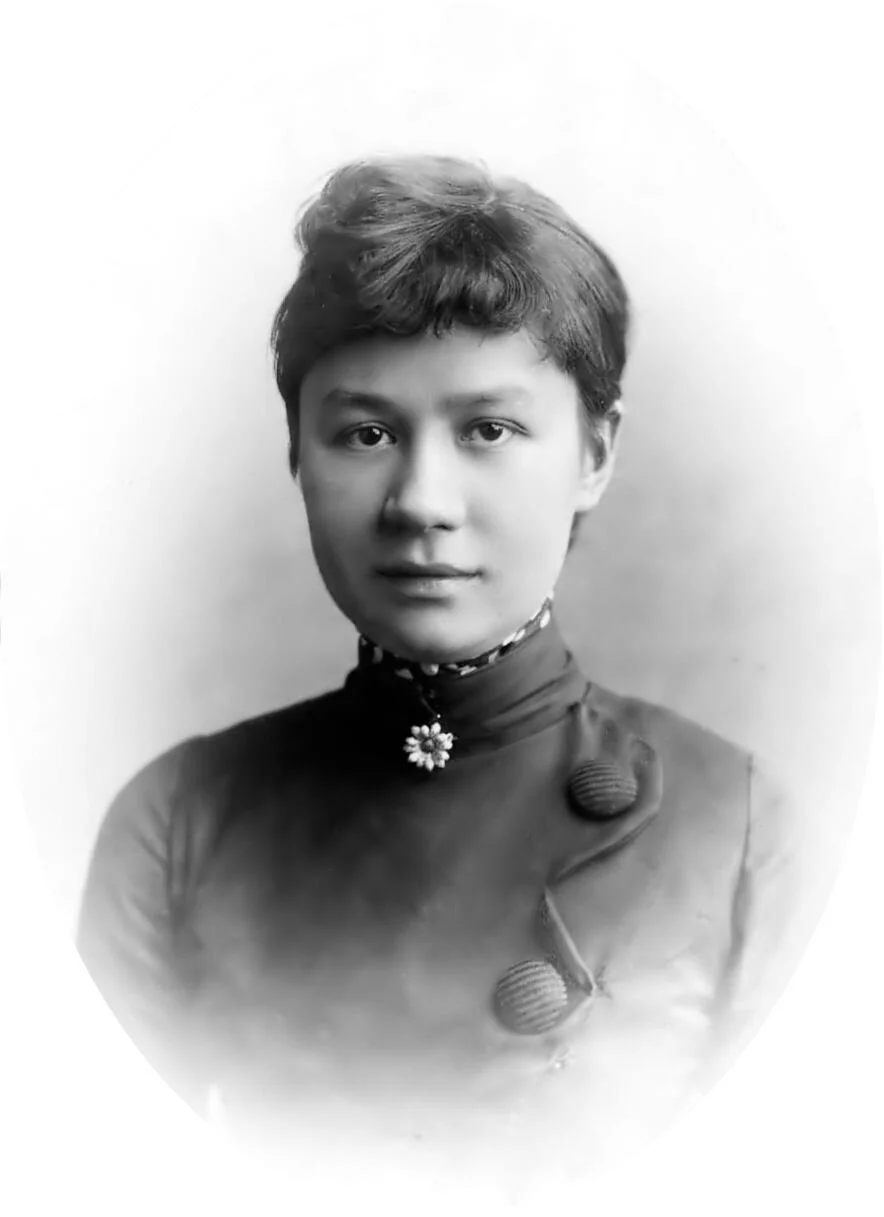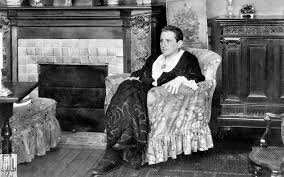Diane de Poitiers, the true love of Henri II and the number one enemy of Catherine de Medicis was born on January 9, 1500. Educated by Anne de Bourbon, daughter of Louis XI and taught etiquette, architecture, law, latin, greek and humanism. Not at all what most girls learned in the 16th century.
Married at fifteen to Louis de Bréze Seigneur d’Anet, he was almost forty years older than her. They had two children and would have a happy marriage until he was sentenced to death for a plot against King Francois I. On the scaffolding about to die he was pardoned and sent to prison. In 1531, her husband died and Diane began to wear her signature black and white garments that she would wear the rest of her life. With her pink skin, brown hair and red lips and nails she was the original Parisienne.
Diane remained at court as the lady in waiting to Queen Claude of France and in 1525 her path would cross with the young son of Francois I. Henri II was being sent off to Spain in a trade deal to release his father from prison and as the 7 year old was led from court and Diane gave him a kiss on the cheek.
When he returned four years later he and Diane became very close. At the coronation tournament for Eleanor of Austria, Henri’s new stepmother, he looked at only Diane and saluted her, causing quite the scandal.
When it came time for Henri to marry, Diane approved of his marriage to Catherine de Medici. A year after their marriage the affair of Henri II and Diane de Poitiers began. When an heir was needed she encouraged him to sleep with Catherine. Diane remained a solid element of his life and even educated the royal children.
Anne de Pisseleu, the main mistress of François I was not a fan of Diane and was constantly creating stories in hopes to have her evicted from court. When it finally worked and Diane was sent to her Chateau d’Anet, Henri followed her and put a lasting wedge between father and son. Just before his fathers death, the two finally patched things up but as soon as François died Henri had Anne sent from court and stripped of all her jewels.
Henri was second in line to the throne, but when his older brother died after drinking a glass of water, poisoned by Count Montecurccoli who came to France with Catherine. He later admitting to poising the dauphin, most likely for Catherine. Henri II was now the Dauphin and upon his fathers death in 1547, he became the king of France.
Diane was so close to Henri that she would advise him on all matters of court, write his official letters for him and receive gifts from the pope. In return Henri showered her with jewels and gave her property including the Chateau de Chenonceau and a few of Anne’s former properties.
All was well until the untimely death of Henri II in 1559. Henri was taking part in a jousting competition when sliver from his opponents joust lodged into his eye. For days he laid on his deathbed calling for Diane. Catherine would refuse to allow her to visit and had her sent away from court. Henri would die and Diane would be banished from the funeral and court. Catherine stripped her of her jewels that Henri had given her and began to rewrite the love story of the king and queen.
Diane would spend the rest of her life at Chateau d’Anet, where she would use her time to help others by building schools, hospitals and women's shelters. Her love of riding horses would finally do her in after she fell off on a ride one day. Breaking her leg she would never fully recover and would die a year later on April 25, 1566. Buried in the chapel at d’Anet where she would lay peacefully alongside two of her granddaughters until June 18, 1785. Her tomb was desecrated and their bodies were tossed into a hole.
In 2008, her skeleton was discovered and easily identified by her broken leg that had never fully healed. Diane had believed that gold was the secret fountain of youth and was known to drink liquid gold to keep her beautiful and youthful. When she was discovered in 2008, scientist tested her hair and found high levels of gold. It’s believed that it was the gold that in the end killed her.
On May 29, 2010, she was finally returned to her tomb with a large celebration and Renaissance feast.
Diane was always a fan of the Roman goddess Diane the Huntress and began to embody everything about her. Commissioning artists to pain and depict her as the goddess who was also a favorite of Henri II. The Huntress emblem was the crescent moon which both she and Henri also adopted and today you can find it all over the former Palais du Louvre.
Catherine would try to erase Diane and rewrite the story of the life she shared with Henri II. The former Palais des Tuileries, became her canvas of a love affair that was never there. Inside the Louvre just steps from the monument Catherine had created for the heart of Henri II is the large statue Diane d’Anet that once stood in the fountain at her beloved chateau.







































